Is Tesla Full Self-Driving Worth $8,000? Strengths and Weaknesses Revealed originally appeared on Autoblog.
Price is only part of the controversy
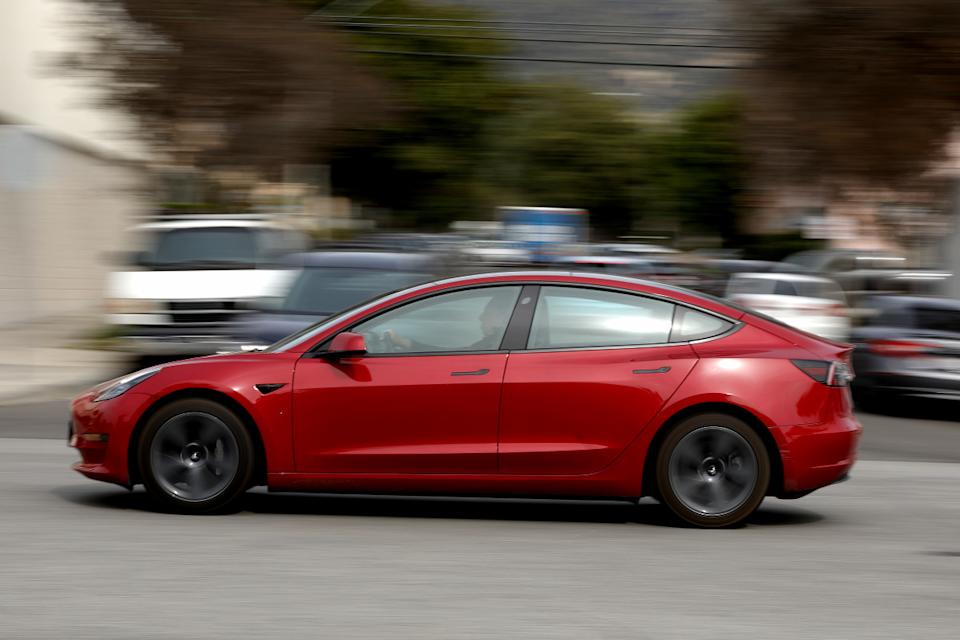
Tesla’s Full Self-Driving (FSD) is an advanced driver assistance system (ADAS) existing at Society of Automotive Engineers (SAE) Level 2 autonomy, with Level 5 being the most capable. The automaker’s CEO, Elon Musk, hasn’t delivered on his promise over the last decade that full autonomy for Tesla customers is right around the corner, but the FSD name hasn’t changed despite its Level 2 status, resulting in some states like California banning the manufacturer from using FSD in its marketing.
Tesla’s robotaxis are classified as using an automated driving system (ADS) with Level 4 capability—but this technology is currently limited to the company’s rideshare fleet. While full autonomy hasn’t landed in Tesla customers’ vehicles, the automaker still frames FSD as an essential feature. Tesla prices FSD at $8,000 outright, or for a monthly subscription price of $99. If you’re willing to spend at least $94,990 or $99,990 on a new Tesla Model S or Model Y, respectively, FSD is bundled with your purchase. Let’s take a closer look at FSD’s strengths and weaknesses to better determine whether it’s worth the upfront cost, monthly subscription, or opting for a Model S or Model Y.
A camera system that’s under investigation
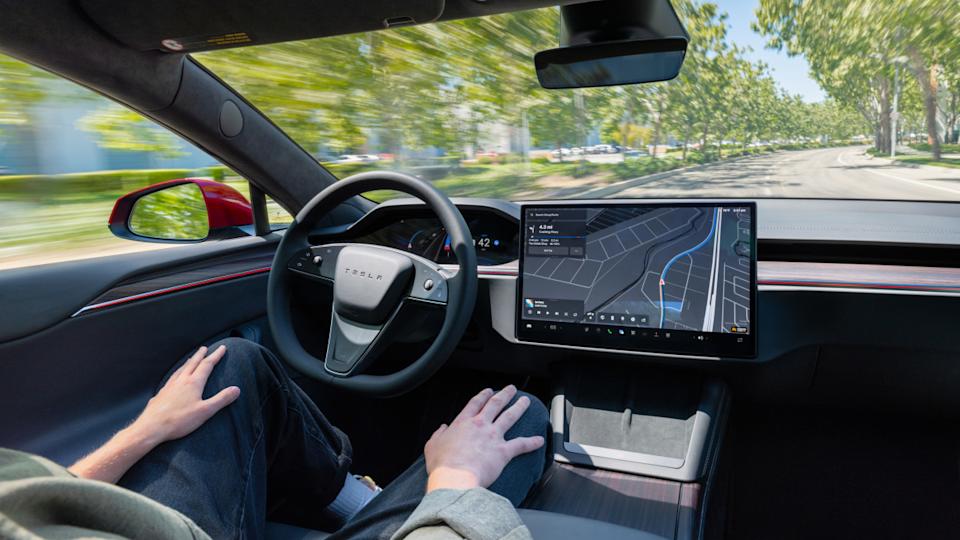
When evaluating FSD, it’s vital to note that the system primarily relies on cameras as its main sensors. While this design choice saves money compared to other self-driving technologies, like LiDAR (Light Detection and Ranging) in Waymo vehicles, the cameras have received criticism over claims of decreased performance in bad weather. Subsequently, organizations like the National Highway Traffic Safety Administration (NHTSA) are actively investigating the validity of these claims. During Tesla’s Q1 2025 investor call, Musk said issues like sun glare won’t affect FSD, and further described the system: “The car is just very much like a human. It’s digital neural nets and cameras, and humans operate with biological neural nets and eyes, and so the same strengths and weaknesses will be present.”
In contrast, viral YouTube mechanic Scotty Kilmer labeled Tesla’s camera-based FSD as problematic in an interview with Autoblog. Kilmer feels the best autonomous driving tech has cameras, radar, and lasers, or LiDAR (Light Detection and Ranging), and said: “I had a customer that got rear-ended in a [Tesla] car because it [FSD cameras] thought that the shadow of an overpass was a wall, [so] it stopped. He [Elon Musk] might as well say he has flying cars even though they don’t fly.”
Drivers have a high level of accountability when using FSD
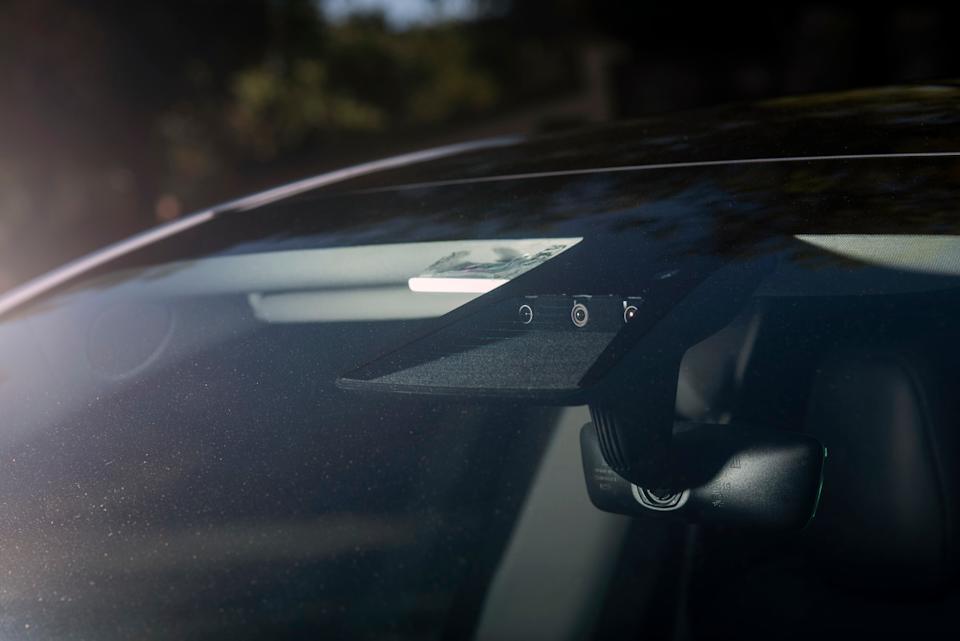
Tesla FSD has impressive daily operational qualities, which we’ll soon explore, but its need for ongoing supervision has been a pain point among customers. In comparison, Level 3 self-driving systems don’t require consistent supervision; they only need drivers to take over in case of an emergency. Mercedes-Benz currently offers California and Nevada customers Level 3 autonomy in its EQS and S-Class models via its Drive Pilot technology. Level 4 autonomy doesn’t require any human intervention within specific geofenced areas. When engaged in FSD, Tesla drivers must keep their hands on the wheel and eyes on the road at all times.
A cabin camera monitors users to verify their compliance, and failing to adhere to the guidelines will trigger warnings. These warnings escalate if left unaddressed, resulting in either FSD becoming disabled for the remainder of a drive, an automatic stop, or a long-term suspension starting at one week.
What FSD does well at Level 2
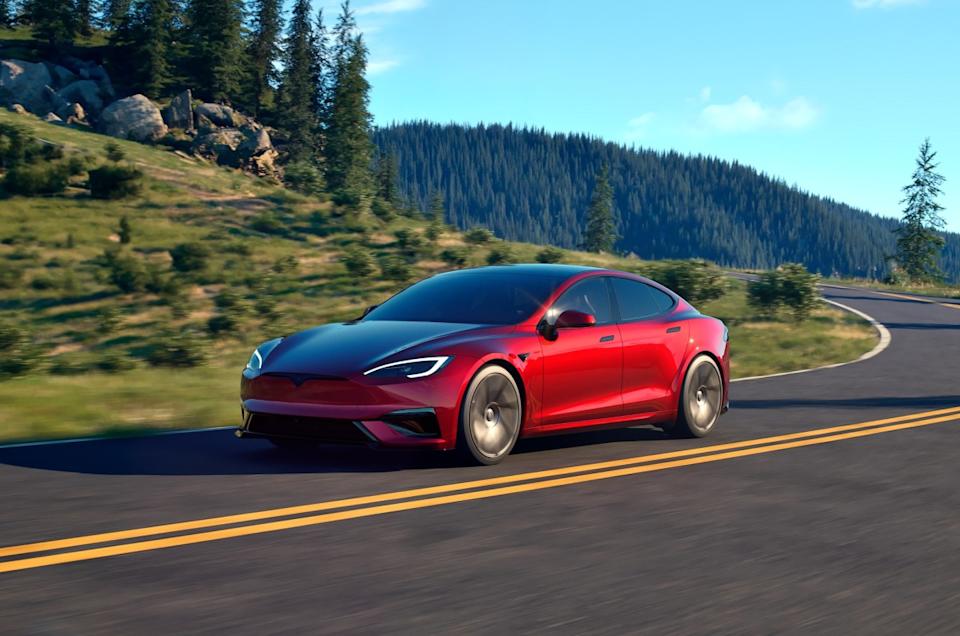
FSD will navigate a route, provide steering, change lanes, park, and more. Upon arriving at destinations, autopark can handle both perpendicular and parallel spots. Additionally, features like Smart Summon, which drivers activate in their Tesla app, drive the vehicle to a user. Tesla has trained FSD on what equals over 100 years of anonymous real-world driving scenarios from its fleet of over six million cars. From this data, Tesla claims that FSD is 54% safer than a human.
Continual FSD updates are a mixed bag
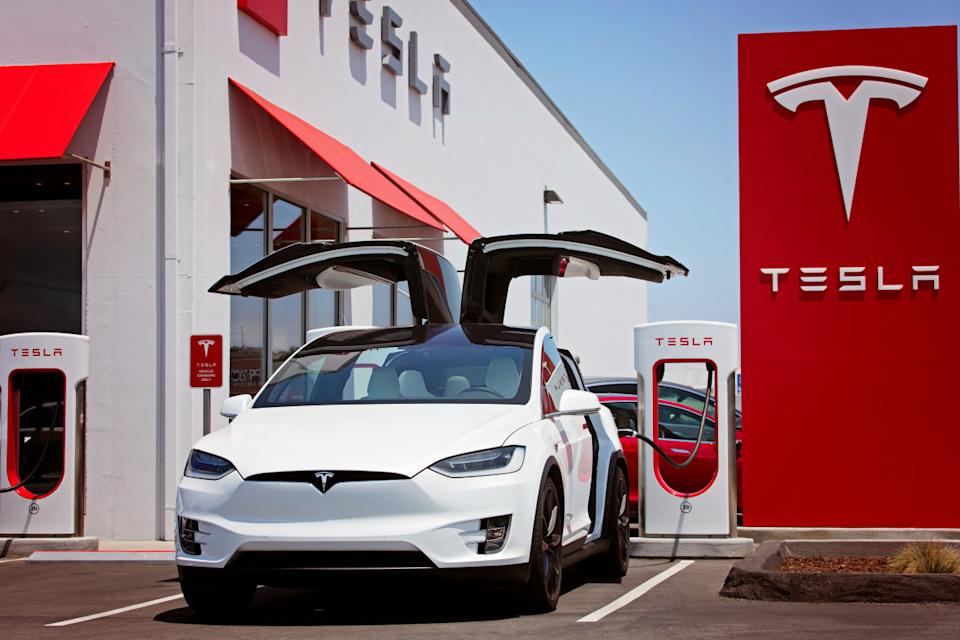
While Tesla has released several FSD updates, the intervals and rollout schedules for these improvements haven’t always been consistent, encompassing both significant and minor updates. However, the newest version of FSD, v14, is expected to arrive next month, with one of the highlights being less driver supervision. Musk described the upcoming FSD update on X, formerly Twitter: “This will substantially reduce the need for driver attention, but some complex intersections, heavy weather, or unusual events will still require attention.”
Final thoughts
At its current state, FSD (Supervised) likely isn’t worth $8,000 upfront. Still, its $99 monthly cost could be considered a better bargain, but only if its subscription price doesn’t increase. If you’re on the fence about getting a Model S or Model X, Tesla’s current offer of bundling FSD and free Supercharging for life with these vehicles is a quality incentive. FSD is currently available in the U.S., Canada, China, Mexico, and Puerto Rico.
Is Tesla Full Self-Driving Worth $8,000? Strengths and Weaknesses Revealed first appeared on Autoblog on Aug 19, 2025
This story was originally reported by Autoblog on Aug 19, 2025, where it first appeared.
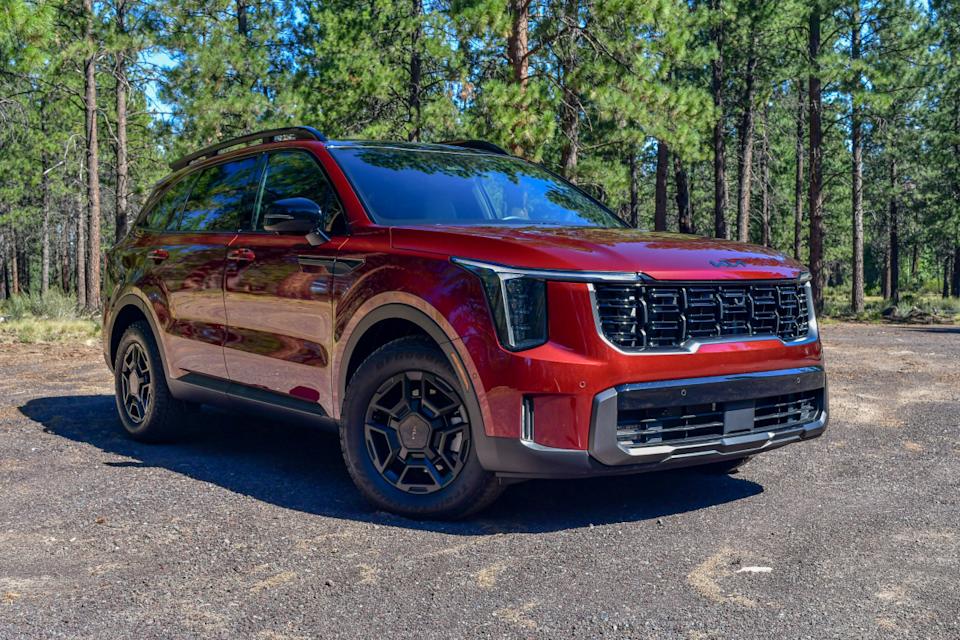
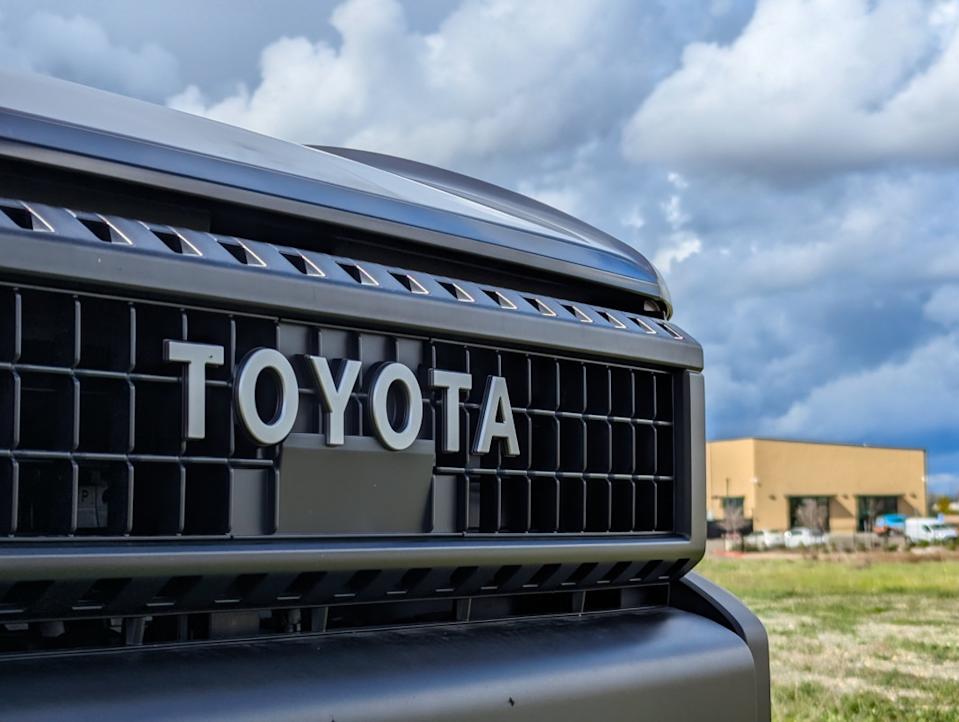
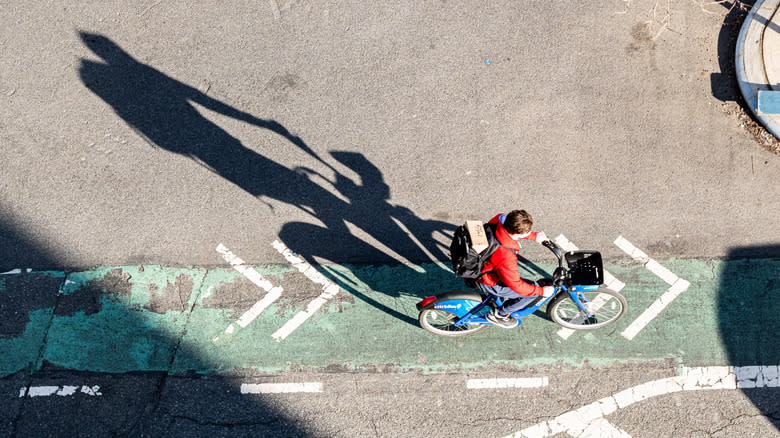
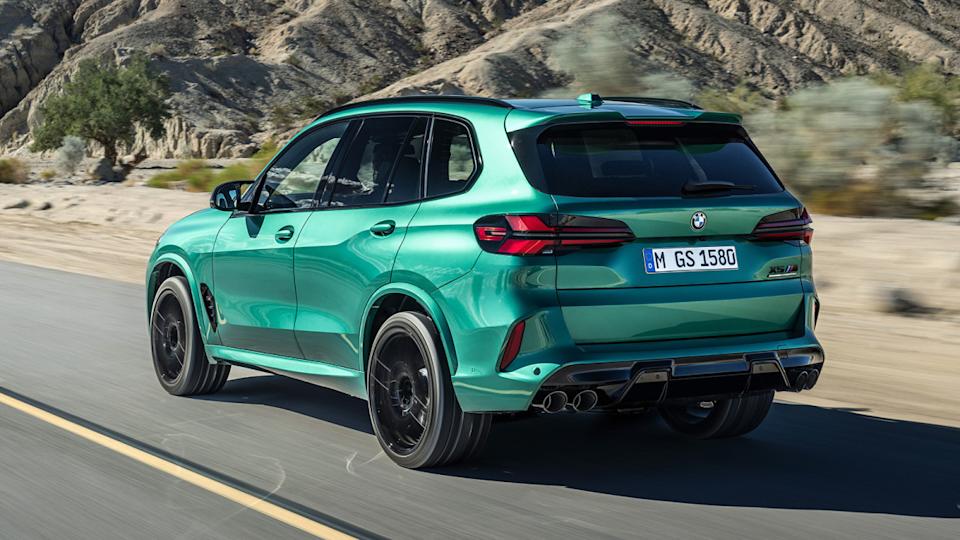

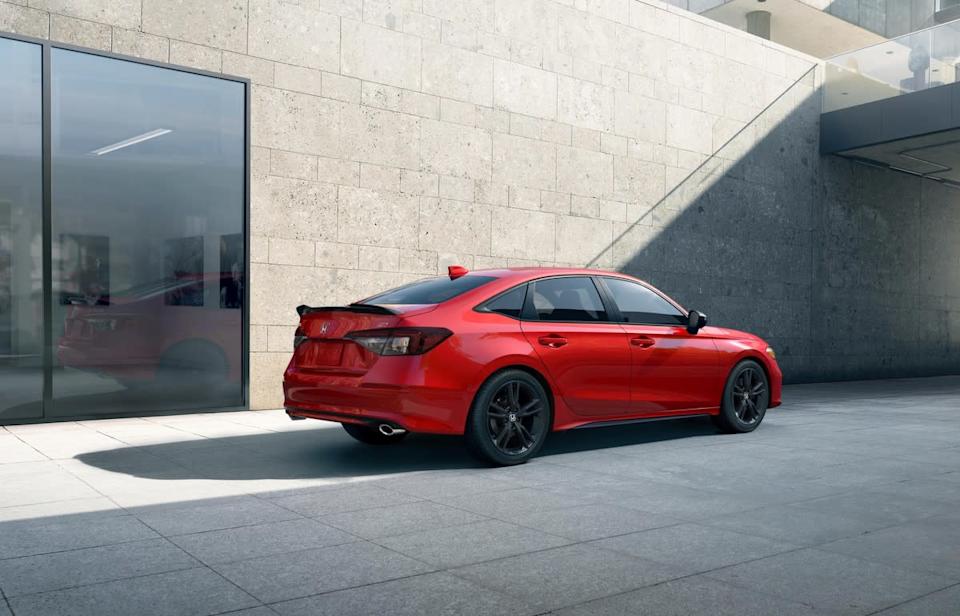
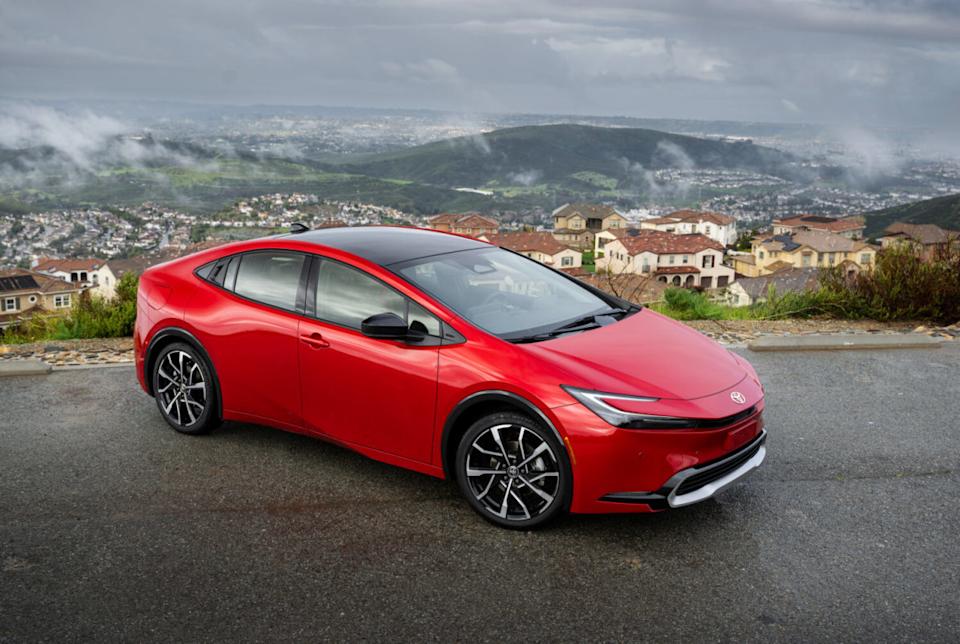

Comments